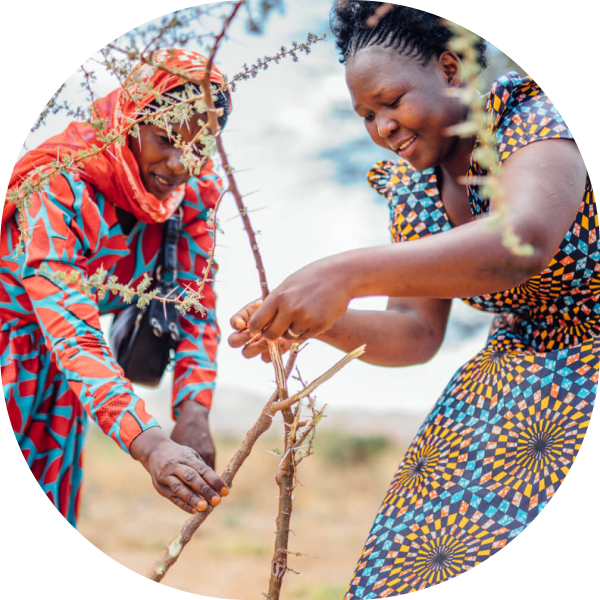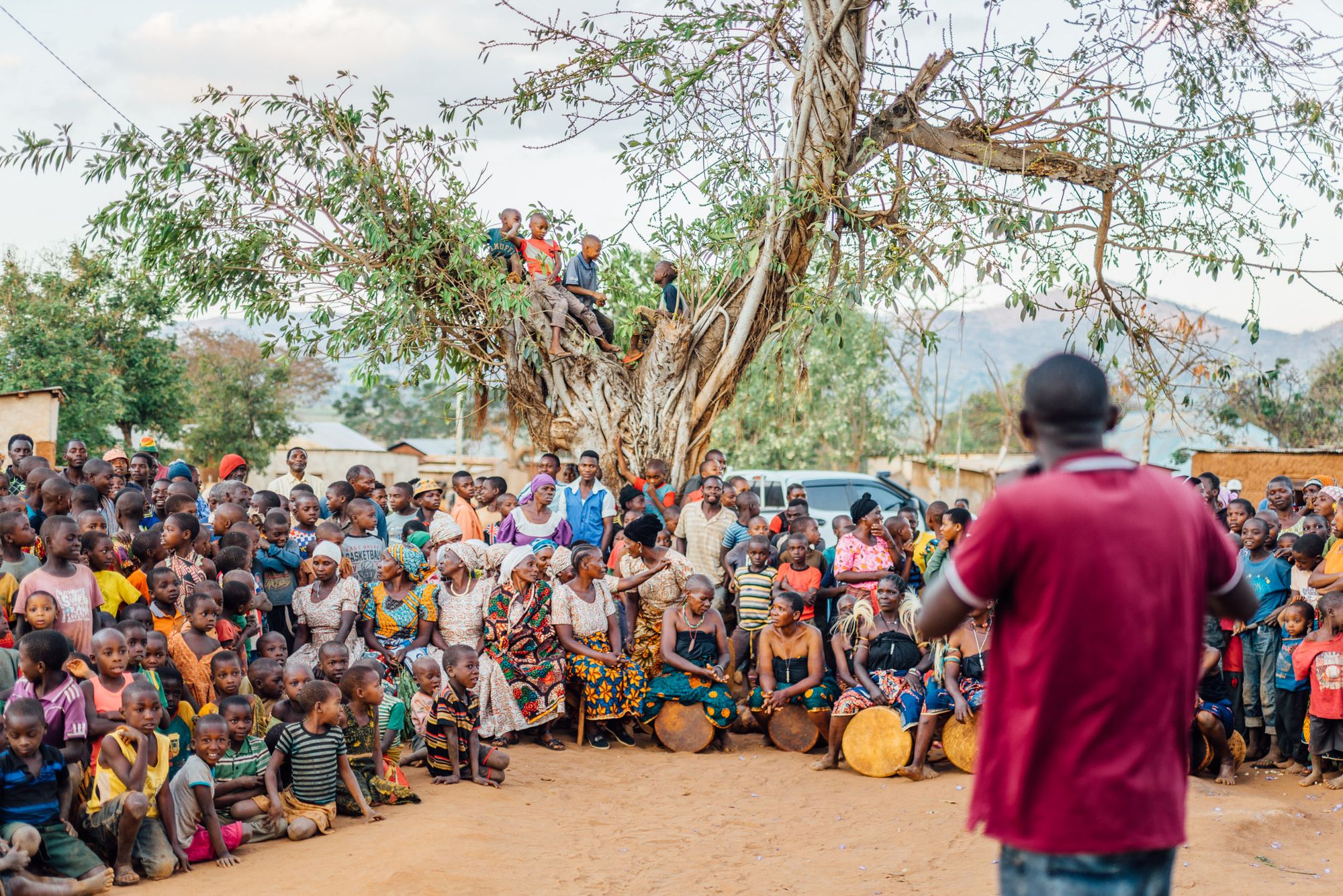Kisiki Hai: the living stump
How an indigenous pruning technique is bringing back trees in Tanzania | By Stuart Taylor

We are facing one of the biggest challenges in history: our earth is drying up. And many believe that, due to factors such as climate change, global warming and landscape degradation, our planet is beyond repair: this is simply not the case. Loss of biodiversity, water and food scarcity, poverty and increased natural disasters are all problems we can do something about. We tend to forget that the story of nature is existentially ours. Much like the story of young farmer Jonah.
***
As their economy is built on farming, people in the Dodoma region of Tanzania depend on their natural environment. Jonah owns a six-acre farm and he works extremely hard to make ends meet. He is facing many problems while attempting to maintain his land. Rainfall is scarce, the sun is in abundance, and most importantly: the soil is not fertile. And as many other farmers in the region, he realises that he will not succeed if the circumstances are not in his favour.
Jonah decides to seek advice from champion farmer Augustino. Augustino has had tremendous success with his land, by incorporating a nature-based technique that originates from Niger. The technique is called Farmer Managed Natural Regeneration but in Tanzania, everyone calls it ‘Kisiki Hai’.

Kisiki Hai or ‘the living stump’ in Swahili
Some believe that trees, once cut down, are lost forever. But luckily, below the earth’s surface, the root systems of many living tree stumps can still reach the fertile part of the soil. The stumps can grow little stems of which none will ever grow to be a tree unless we give them a hand.
By cutting away most of the stems and leaving only a few strong ones, we reduce food competition, and speed up the growth of the selected stems. In essence, with Kisiki Hai we channel the energy upwards and help the trees flourish.
Through their shared passion for farming, Jonah discovers from Augustino that Kisiki Hai can bring back trees and ultimately make his land green and fertile again. Their conversations helped Jonah understand the benefits of the technique and gave him insights into how he could bring life back to his land in an efficient way. With Kisiki Hai, the naturally occurring sprouts of the trees have a good chance of survival as they are native species and already adapted to the local climate. The root system of the felled trees is already present and reaches deep into the soil which allows them to reach the deep groundwater, additionally increasing their survival.
Re-growing trees has several benefits: often diverse species are growing back which leads to an increase in biodiversity; the shade of the trees helps to cool down the micro-climate, reducing the heat stress on crops and preventing the evaporation of water from the soil leading to increased water for other vegetation; the leaves falling off the trees act as manure, increasing soil fertility; and the re-grown trees attract all different types of birds and insects and the birds eat the fruit of the trees, spreading the seeds through their faeces, consequently spreading the regreening.
Jonah believes it is important to keep sharing information on techniques like Kisiki Hai and tell as many farmers as possible about its benefits. The more trees these farmers can regenerate, the more degraded land can be restored, making these areas green and cool again.
Our planet is not beyond repair yet. So far, we have restored 60,000 hectares of dry land and brought back over 8 million trees. If we bring nature back by applying effective nature-based solutions like Kisiki Hai, we can mitigate global warming by 37%.
Article written by Stuart Taylor (@sstuarttaylor), the UK Country Director for Justdiggit.org, a foundation focussed on regreening dry land in sub-Saharan Africa to cool down the planet. All images courtesy of Justdiggit.

